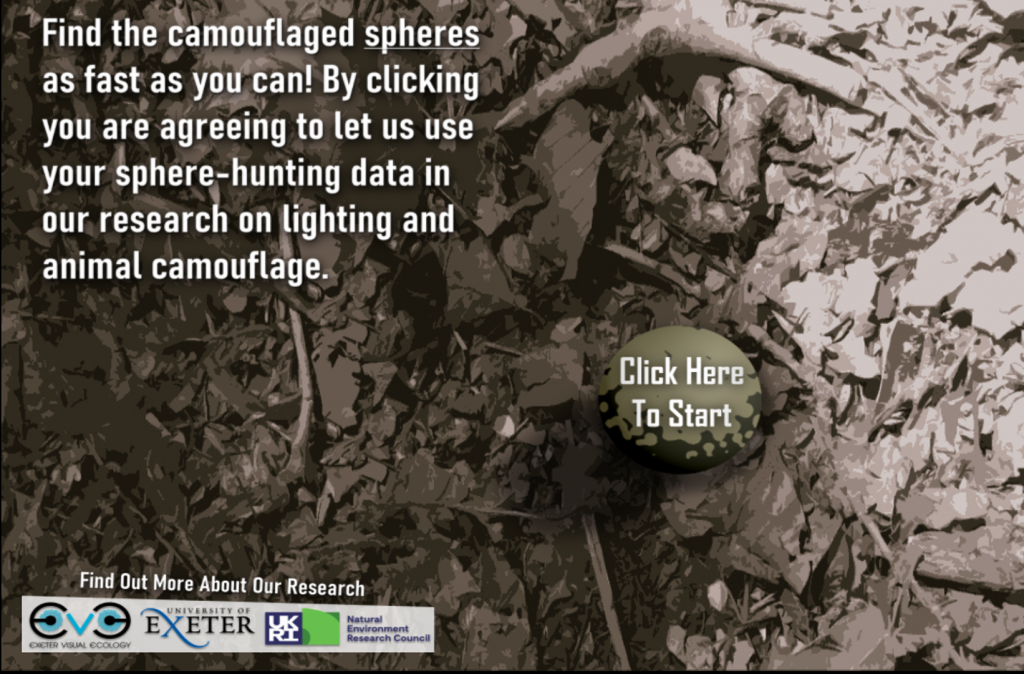We have developed a number of online games which we use for experiments in visual ecology.
Active games are still collecting data for a current project.
Archived games are still playable but are no longer collecting data for an experiment.
Click on the Title to Play.
PrawnGame (Active)
Are the colours and patterns of chameleon prawns adapted to the species of seaweed they live on? Help us understand how different seaweeds can affect the conspicuousness of these vibrant yet camouflaged animals. LAPTOP & PC users only.

LadyBirds (Active)
Are Ladybirds as conspicuous as we think they are? Help us to understand how their patterns might help them stick out in different environments by finding these ladybirds as fast as you can.

CamoEvo Online (Archived)
How should animals camouflage themselves in a world that is so variable in colour, structure and lighting? Spots, stripes, green or red? Help us find out in our newest evolution game. Click on targets as fast as you can and take the role of a predator. Patterns that are harder to find get to survive and reproduce producing a new, more camouflaged, generation. Be sure to check back later to see how the camouflage has improved.

